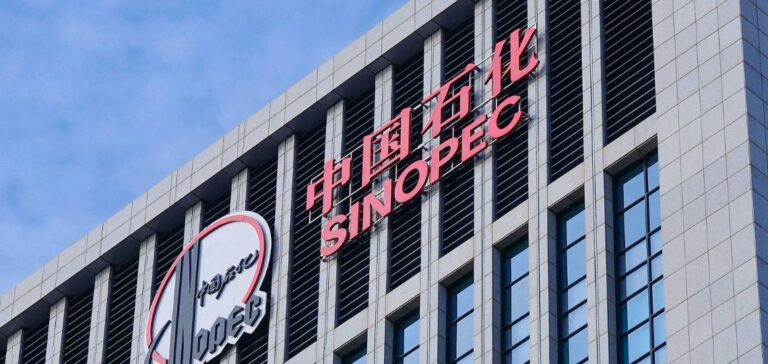Qijang, China’s first shale gas field, reveals a major discovery in the Sichuan Basin in the first phase.
A major discovery
Qijang reveals this discovery by Sinopec for a proven geological gas reserve of 145.968 billion cubic meters. The Chinese company was in the Sichuan basin during the first phase of the Qijang shale gas.
This announcement is a major step forward, particularly in the context of theDeep Earth Project”. Qijang is the first shale gas deposit discovered at depths ranging from 1900 to 4500 meters. Moreover, the region is a complex tectonic zone.
In a context of great challenges due to the depth and the variable soil, Sinopec carries out many tests. 10,000 laboratory tests were performed on the core sampled at a depth of 1320 meters. The objective is to know the process of basin formation.
State-of-the-art technology
On Qijang, Sinopec collects high precision 3D seismic data on shale gas. These surveys cover an area of 3662 square kilometers in southern Sichuan. The company innovates in the field of deep gas seismic prediction.
Sinopec is developing a seismic prediction technology for shale gas by taking into account the pressure coefficient. In addition, the measurements incorporate gas content variations and fracture predictions. Thus, this is equivalent to performing a scan of the geological strata for prediction.
The Chinese company is also developing three-dimensional fracturing technology. Thus, Sinopec seeks to improve the daily production of shale gas from the well. Eventually, the company hopes to reach 500,000 cubic meters of exploitable gas.





















